- Make It Yourself Lavender Heart-Shaped Bath Bombs!
- 20 Things You Never Knew About “Down There”
- 12 Best Foods For Those Suffering From Arthritis Pain
- 12 Personal Hygiene Mistakes Almost Everyone Makes (Mom Never Told You About #4!)
- 15 Medicinal Plants And Herbs From The Cherokee People
- 12 Mind-Blowing Benefits Of Drinking Coconut Water During Pregnancy
- 12 Outstanding Winter Foods That Won’t Fatten You Up Like A Christmas Turkey
10 Foods You Should Eat For Your Joints And Foods To Avoid
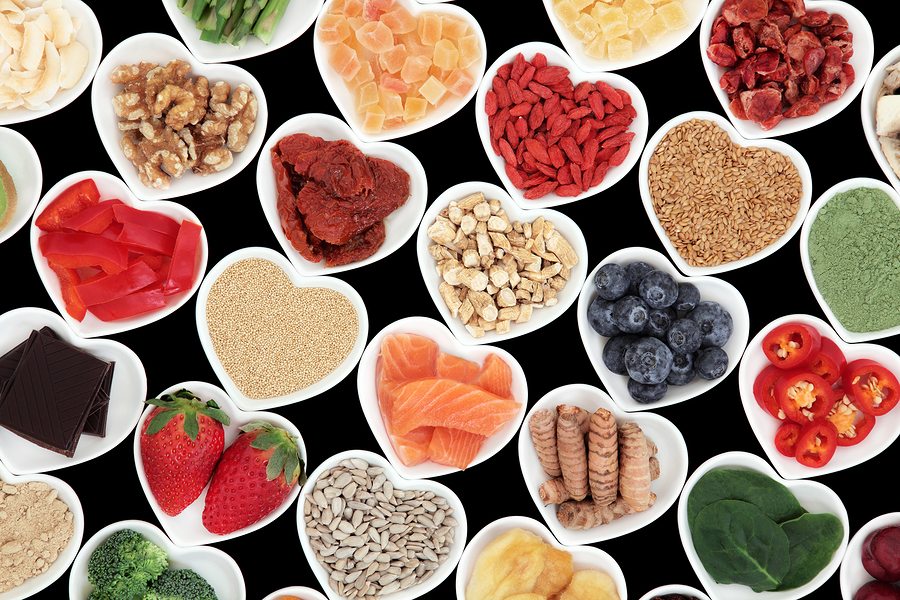
Photo credit: bigstock.com
It’s not just older people who walk around with aching joints — young kids go through growth spurts, and just about anyone could end up with a pulled muscle or joint that is causing them pain. You do everything you can to relieve the pain — a hot bath, a heating pad, a cold pack, some over-the-counter NAIDs, and plenty of rest.
It doesn’t matter if you are suffering from osteoarthritis, which is the most popular type of arthritis, or you just are nursing a sports injury, pain is pain and anything you can do to make yourself feel better is worth the effort.
Eating the right foods is also something you can do to help your sore body. There are many things you can put into your body that will help you feel better, and there are some foods you should stop eating. Here is a list of foods you may want to add to your daily regime.
10 foods that will help relieve your joints
1. Fish with healthy fats
There are several fish that are rich in omega-3 fatty acids. These fish work to reduce the symptoms caused by osteoarthritis because they cut down on the inflammation. Some of these fish in this category include salmon, halibut, Mahi Mahi, tuna, shrimp, mussels, and red snapper.
2. Tart cherry juice
According to a study by the Oregon Health and Science University, just two cups of a tart cherry juice every day will help cut down on the amount of inflammation running through your body.
3. Wine
A study that was conducted in the U.K. found that because of the antioxidants in wine, participants who consumed up to six glasses of the beverage each week had a less likely chance of getting osteoarthritis in their knees.
Continue to Page 2
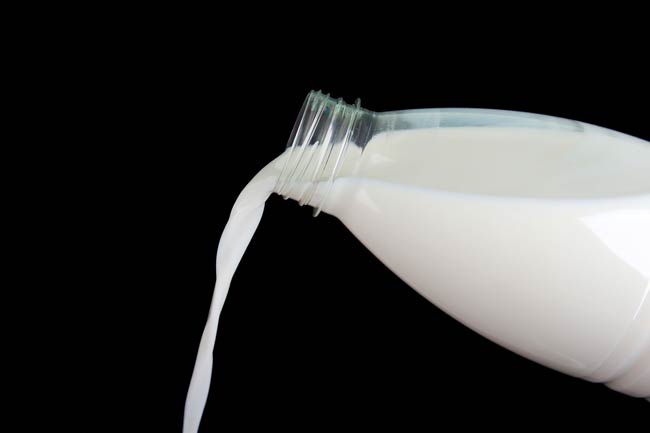
Photo credit: bigstock
4. Low-fat milk
A study conducted at the Brigham and Women’s Hospital in Boston proved that the women who consumed more fat-free or low-fat milk eliminated the advancement of osteoarthritis of the knee.
5. Virgin olive oil
Virgin olive oil has a compound in it that cuts down on the number of inflammatory enzymes that are. This oil actually helps the joints by working just like a NSAID.
6. Apples
Not only are apples crisp and clean and delicious, they have quercetin in them, which is a component that creates collagen. This helps joints move easier.
7. Almonds
Many nuts also include omega-3 fatty acids, which help to reduce inflammation. Almonds also contain manganese and vitamin as they help cut down on the inflammation and help the joints become repaired faster and more effectively.
Continue to Page 3
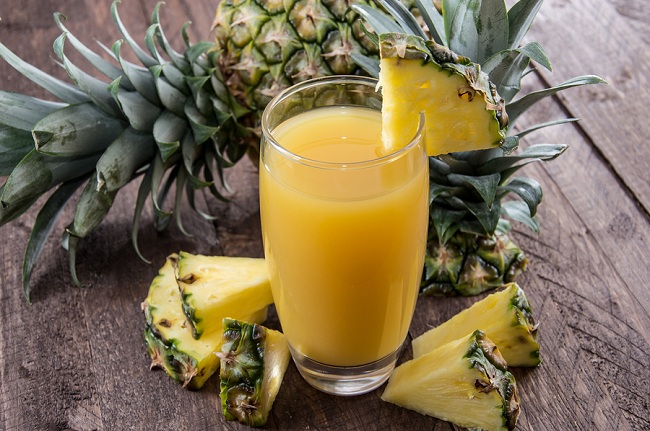
Photo credit: bigstock.com
8. Pineapples
Pineapples have many health benefits, but when it comes to the joints, the bromelain in them helps cut down on the pain with anti-inflammatory benefits.
9. Papaya
It is well worth adding this fruit to your daily diet as it has vitamin A and vitamin C in them. Papayas lower your chances of getting arthritis as well as lowering the risk of getting more damage due to their antioxidant abilities.
10. Bananas
Bananas will help keep your weight down, but also because they are rich in potassium, they work to maintain the health of your joints and prevent you from developing arthritis.
Continue to Page 4

10 Foods you should avoid eating that will aggravate your joints
1. Cheese
Because of its higher fat content, a study conducted at the Brigham and Women’s Hospital discovered that cheese increased the progression of osteoarthritis in knees.
2. Beer
It’s not just drinking a beer or two that causes problems; it is that drinking large amounts of beer that could raise your chances of having osteoarthritis of your knees or hip.
3. Sugary sodas
Just one sweetened soda in a week put the women who participated in a Harvard study at a higher chance of getting rheumatoid arthritis than those who did not drink soda at all.
4. Trans fats
Consuming trans fats will increase your level of inflammation plus contribute to an increase in your body. Trans fats can be found in most junk food, including chips, bakery items, and fried products.
Continue to Page 5
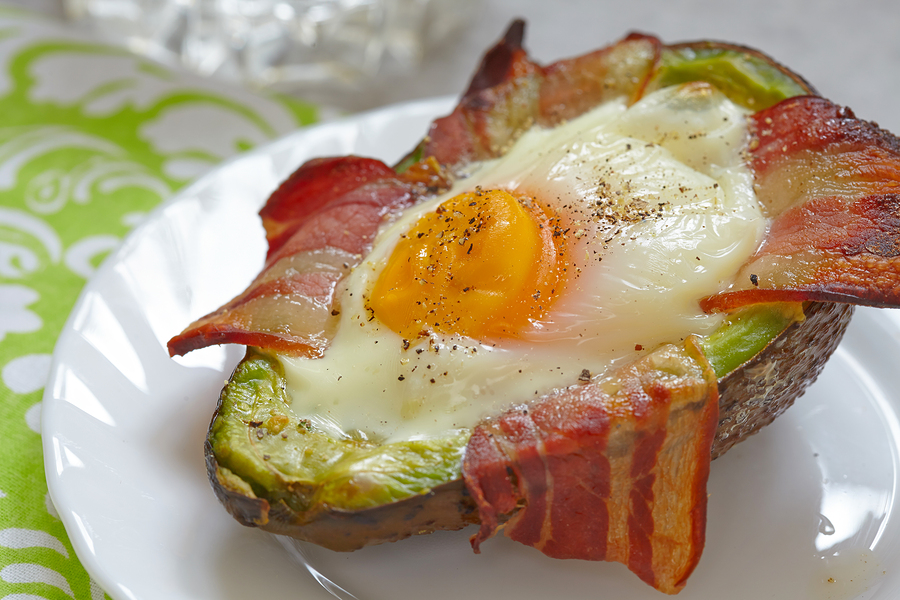
Photo credit: bigstockphoto.com
5. Bacon
Bacon may taste great, but it is filled with saturated fat that contributes to the inflammation levels in your body. This causes arthritis to feel even worse than it already does.
6. Red meat
An abundance of animal-based proteins can really cause your joints to incur even more damage. Stick to a plant-based diet for your protein needs as much as possible.
7. Caffeine
Because caffeine tends to dehydrate you, it will start to draw out the minerals that are in your body. It has been linked to creating pain in the joints.
Continue to Page 6
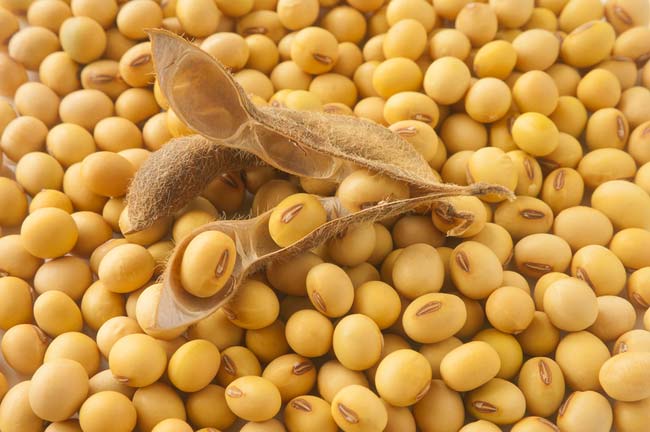
Photo credit: bigstock
8. Soy
While soy was originally supposed to be good for you, the opposite has been discovered through the years. It can raise the inflammation levels in your body. Instead of soy, it is suggested that you use flax, chia seeds, and hem seed.
9. Processed foods
Foods that are already processed and prepared are not good for you in general. You can read all of the ingredients that have been used, but the problem is some of the names are hard to pronounce, and you really don’t know what you are eating. Most of the foods that you can pronounce are not good for you either — for example, sugar, salt, and trans fats. Many of the chemicals have been found to promote cancer, cause you to gain weight, and are responsible for behavioral changes as well as activating additional inflammation of your joints
10. Dairy
More and more people seem to be having a reaction to dairy in general. It has been found to raise inflammation as well as aggravating the symptoms of arthritis. Some people have found their arthritis was cured by removing dairy from their eating regimen.
READ ALSO: Zero-Calorie Foods That Will Help You Lose Weight Fast Infographic
If you are serious about cutting out as much joint pain as you can, take the advice here regarding what to eat and what not to eat, get plenty of rest, and try to initiate some low- to no-impact exercises to keep your body moving.
References:
































